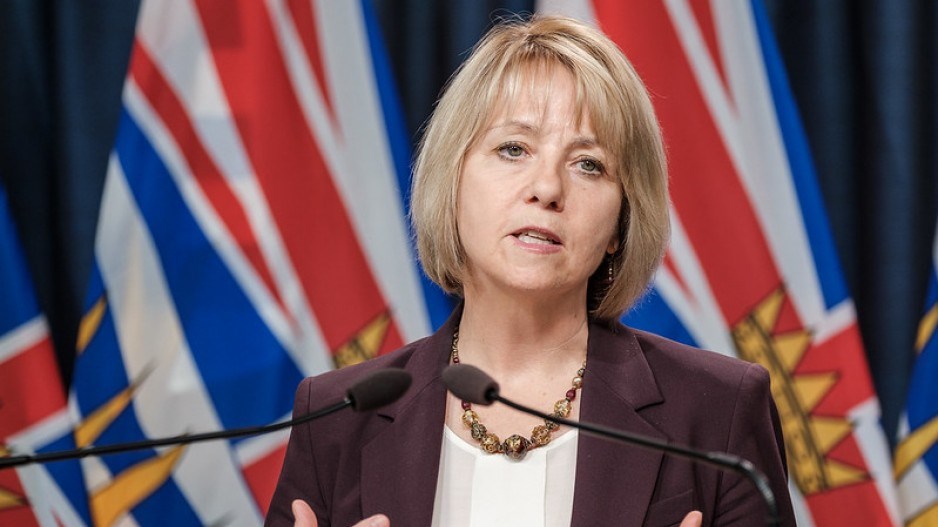The last person known to have COVID-19 on Vancouver Island has recovered and been released from hospital.
There was no one with COVID-19 in hospital on the Island on Wednesday.
Island Health has reported a total of 130 people with COVID-19; five have died and 125 have recovered, leaving no active cases.
The last known positive case on Vancouver Island was announced on May 8, but public health officials updated their count on May 22 to include an Islander residing in Alberta who fell sick on an unknown date and returned to the Island once recovered. The count was updated again on Thursday to include three “epidemiologically linked cases” on Vancouver Island, for a total of 130 in the region.
Epidemiologically linked cases are ones that meet the case definition for COVID-19 — they might be related to each other or have a common source of infection — but may not have been tested for a number of reasons.
All of the epidemiologically linked cases announced on Thursday and identified since May 19 have recovered.
British Columbia is making summer holiday plans as COVID-19 cases continue declining and businesses and communities look to wider reopenings while taking precautions to prevent the spread of the illness.
Provincial health officer Dr. Bonnie Henry said she can see tourists travelling throughout B.C. in late June or early July if COVID-19 transmission rates stay low.
B.C. reported nine new COVID-19 cases Thursday and no deaths.
The province now has a total of 2,632 cases of COVID-19, while 2,265 people have recovered. B.C. has recorded 166 deaths.
“If everything continues to go as we have been seeing, I’m very hopeful that at the end of June, into July we’ll be able to take those vacations that we all need,” Henry told a news conference. “I am hoping myself to be able to travel very soon.”
She said many elected representatives in smaller tourism-destination communities were, until recently, concerned about travellers bringing COVID-19 with them, but are now more confident that measures such as frequent hand washing and physical distancing have lowered infection rates.
Students started returning to school this week and the easing of some health restrictions last month allowed the reopening of restaurants, hair salons and personal services, including dentists and physiotherapists.
Henry said she will be watching COVID-19 case numbers over the coming days to determine the timing of B.C.’s move toward its next reopening phase.
“My new mantra is minimize, manage and modify,” she said, adding her goal is to see few cases, quickly tracing the source of new cases and being prepared to change direction if necessary.
Henry released recent COVID-19 modelling information that highlights the virus-fighting benefits of safe distancing protocols and the role they continue to play in determining the next stages of reopening the province.
She said the new data track the path of COVID-19 in B.C. from early January, when the first cases were diagnosed, to late last month after clusters of cases in mid-March.
The modelling showed B.C.’s first cases were primarily linked to people returning from travel in China and Iran, while later cases in March were largely connected to those coming back from visits to the United States or other parts of Canada.
The data also showed B.C.’s Lower Mainland has been hardest hit by COVID-19. Most of B.C.’s COVID-19 cases are centred in the Fraser Health region east of Vancouver, with relatively few cases in B.C.’s north, she said.
Henry said the data leave her confident that reopening schools this month was the right move, and fears of increased COVID-19 cases remain low if the practice of physical distancing, frequent hand washing and staying home if sick are followed at schools.
“This is reassuring to us that even in the worst-case scenario where children have the same rate of transmission as adults, that reopening of schools is not something that we would expect to cause rapid growth.”



